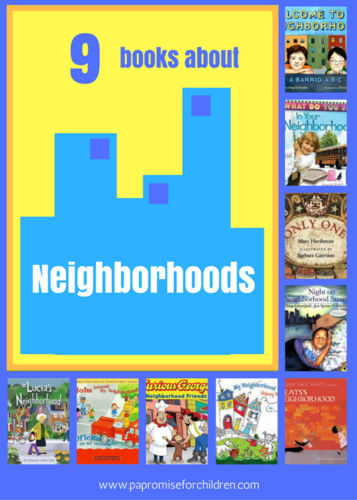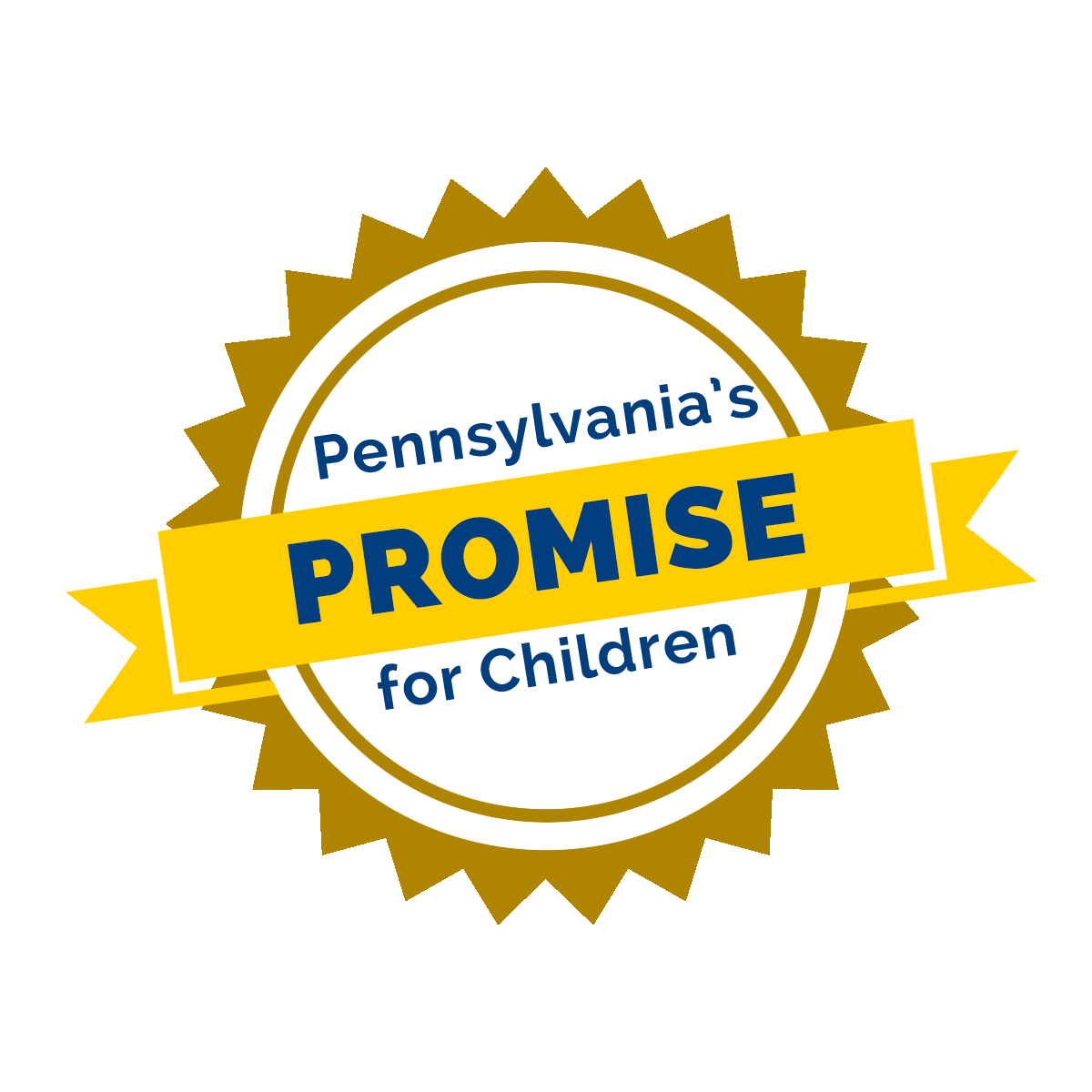
We’re in the neighborhood!
Each month offers activities families can do together in a variety of settings. The activities within the Learning is Everywhere Calendar and on the website are aligned with the Pennsylvania Early Learning Standards (ELS).
These guidelines can be used to determine what infants, toddlers, pre-kindergarten, and kindergarten children may know or be able to do within specific age ranges.
Print the book list! 9 Books about the Neighborhood.
- My Neighborhood by Johnny Bregar
- Keat’s Neighborhood by Ezra Jack Keats
- Curious George Neighborhood Friends by H. A. Rey
- Welcome to My Neighborhood by Quiara Alegria Hudes and Shino Arihara
- What Do You See in Your Neighborhood? by Bracha Goetz
- Only One by Marc Harshman
- Jobs Around My Neighborhood by Gladys Rosa-Mendoza
- Night on Neighborhood Street by Eloise Greenfield
- In Lucia’s Neighborhood by Pat Shewchuk
Take a walk with your baby, starting with getting dressed for the weather. As you dress your baby, share what you’re doing. “These are your socks, these are your shoes!” Share that you are going for a walk and what you might see, hear and smell. Once outside, explain what they see and hear. (Social and Emotional Development)
Encourage your baby to explore different textures by providing them with items to feel, such as bare feet in the grass or hands touching trees. Talk about what they are feeling, and use words to describe the item (soft, rough, hard, smooth, etc.) Share what they are feeling in context to the neighborhood. “This trees is in our back yard and gives us shade from the sun.” If you cannot take your baby outside, bring the outside in. Put grass in a plastic container. Allow your child to play with their fingers or toes. Pick up a blade of grass and tickle their hands, arms, legs, feet, face. Smell the grass and talk about the color. (Scientific Thinking and Technology)
While looking at cars, birds, houses or anything else, begin to build simple two word combinations and add descriptors to help your baby begin to distinguish between big and little, or loud and quiet. For example, if your baby points to a car, you can say, “Yes, that is a blue car”, or “Look, there’s a big car and there’s a little car, which one is the big one?” (Language & Literacy Development: Reading, Writing, Speaking & Listening)
Take a walk with your toddler, starting with getting dressed for the weather. Help them put on shoes and socks and encourage them to tell you what they’re doing. “These are the socks, these are the shoes!” Ask questions about what they might see, hear, feel or smell. Do they think they will see a fire engine, hear a car horn, or smell a flower? (Social & Emotional Development)
Encourage your toddler to walk on different terrains (such as up a set of stairs), develop depth perception (throwing a ball to you) and feel different textures (such as rocks, flowers and grass) as they are walking. (Scientific Thinking & Technology)
While looking at cars, birds, houses or anything else, begin to build simple two word combinations and add descriptors to help children begin to distinguish between big and little, or loud and quiet. For example, if your toddler says “Car”, you can say, “Yes, that is a blue car,” or “Look, there’s a big car and there’s a little car, which one is the big one?” (Language & Literacy Development: Reading, Writing, Speaking & Listening)
Go for a walk with your preschooler or kindergartner and have them help identify different items that begin with each letter. For those more difficult letters (like Y or Z!), can they name items they’d like to see that begin with those letters? (Would they like to play with a yo-yo while they’re at the park?) Take along homemade flashcards or a list of the letters of the alphabet so your kindergartner has a reference to the letter and then the object that starts with the letter. Have them place the card with the correct letter by the object. If they find a flower, put the letter ‘f’ by it. (Language & Literacy Development: Reading, Writing, Speaking & Listening)
Compare big and little as your child moves throughout the neighborhood. Help them decided if items are bigger than they are (like a mailbox), or smaller (like a dandelion) by having them stand next to the item. Now it’s your turn! Have them help decide if items are bigger, or smaller than you are! Don’t forget to compare not only height, but also width. (Mathematics Thinking & Expression)
Help your preschooler or kindergartner make their own neighborhood book. Take photos of your child’s favorite neighborhood items, like a swing, or a special stick, or even a mud puddle! Purchase a small photo album, or glue the photos in sheets of paper that can be stapled together. Have them tell about their favorite items and you can help record their responses in the book. (Language & Literacy Development: Reading, Writing, Speaking & Listening)
